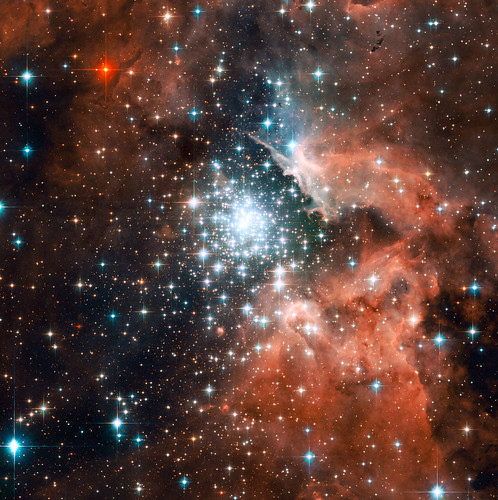I read Global Catastrophic Risks not only to deepen my understanding of global risks, but also to find ways to practically do something about it. Hopefully, blogging about the chapters as I digest them will assist on both accounts.
 The book begins with discussing long-term astrophysical processes with a focus on the lifespans of our planet, solar system, galaxy and the Universe. These are the least immediate, but at the same time the most difficult risks to avoid. As such, there are not much we can do about them, right now. Hopefully, if we succeed to manage the other risks we're facing now and will face in the future, we will reach a point in time where we will have to deal the timely demise of the Earth, and later, the Universe.
The book begins with discussing long-term astrophysical processes with a focus on the lifespans of our planet, solar system, galaxy and the Universe. These are the least immediate, but at the same time the most difficult risks to avoid. As such, there are not much we can do about them, right now. Hopefully, if we succeed to manage the other risks we're facing now and will face in the future, we will reach a point in time where we will have to deal the timely demise of the Earth, and later, the Universe.
3.5 billion years from now, the Sun will have exhausted its storage of hydrogen and increased its temperature enough for Earth's biosphere to be unable to sustain biological life. But even before Earth's temperature reaches that level, already 1 billion years from now it will be hot enough to disqualify all complex life. 7 billion years from now, the Sun, expanding as a red giant, will engulf Earth's orbit and devour it. A long-term goal for our species must be to find another habitable planet by the time that these events play out. A rescue plan for the Earth would be if we, or a passing star system, could eject it from its orbit before the Sun swallows the planet. In such a scenario we would have to rely on Earth's internal energy source. This is actually the only human intervention that is being addressed in this chapter of the book.
Our current model of the Universe tells us that it will continue to expand indefinitely, or at least long enough for all its major bodies to die a timely death. Perhaps this is the ultimate risk, a process which neither we nor anybody else can do anything to stop. It goes without saying that the current understanding of the Universe is not complete. There are still much to be learned, and with new discoveries our model of the Universe will change as well. The smallest stars in the universe will shine the longest, but even they expire after some trillion years. Their expiry, in combination with the consumption of hydrogen gas used in star formation, sets the time for the last stars to stop shining at about 100 trillion years ahead. This number should be compared to the current age of the young Universe, which is 14 billion years.
This is the end as we know it today. Let’s see how far we can get…
Comments
Post a Comment